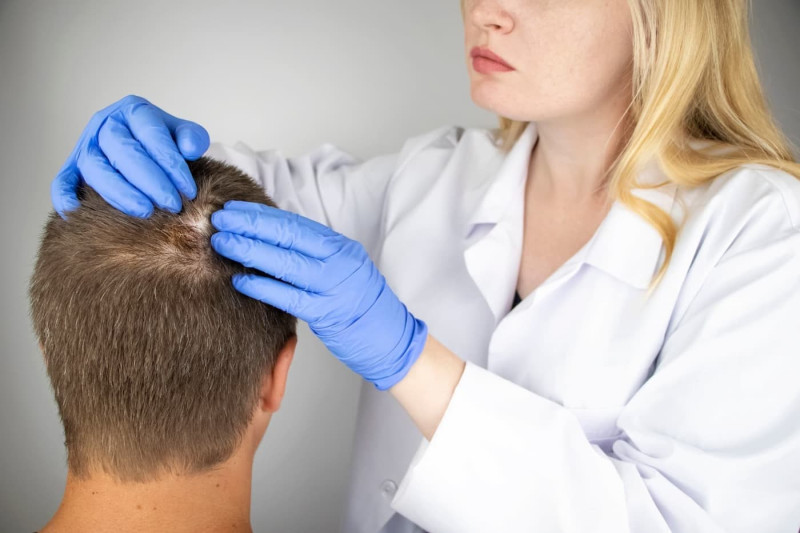Understanding the journey from the initial diagnosis to the final treatment phases can provide valuable insights for individuals experiencing hair-related concerns. Hair loss, thinning, and other scalp conditions can significantly influence self-esteem and general quality of life. Therefore, obtaining accurate information about the processes from hair doctors can alleviate anxiety and prepare individuals for consultations.
Initial Consultation and Diagnosis
The first step in addressing any hair or scalp issue involves scheduling a consultation with a certified hair specialist or trichologist. During this initial visit, patients can anticipate a comprehensive examination of their hair and scalp. A detailed medical history will be taken to understand any underlying conditions or genetic factors contributing to hair problems. This is crucial for developing an accurate diagnosis.
Hair specialists often employ various diagnostic tools and techniques, such as scalp biopsies, blood tests, and hair pull tests, to determine the root cause of hair loss or damage. Scalp analysis using specialised equipment can also provide insights into scalp health and hair follicle activity.
Developing a Treatment Plan
Based on the diagnosis, a personalised treatment plan is crafted to address the patient’s needs. Treatment plans are as diverse as the causes of hair and scalp issues, ranging from medical treatments to lifestyle changes and surgical options.
Medical treatments may include topical applications like minoxidil or oral medications like finasteride for conditions like androgenetic alopecia. Supplements and hormone therapy may be recommended for nutritional deficiencies or hormonal imbalances. Lifestyle modifications are often advised alongside medical treatments to enhance results.
These may include dietary changes, stress management techniques, and adopting a hair care routine that minimises damage. Surgical options like hair transplantation may be evaluated in severe cases or when other treatments do not yield satisfactory results. This procedure involves transplanting follicles from one area of the scalp to the balding or hair-thinning areas.
Ongoing Management and Support
Managing hair and scalp conditions is often a long-term process requiring patience and persistence. Regular follow-ups with hair specialists are essential to monitor progress, adjust treatments as necessary, and address any emerging issues. Patients should also be prepared to engage in ongoing self-care practices at home, following the guidance provided by their hair specialist. This may include using specific hair care products, avoiding harsh chemical treatments, and protecting the scalp from environmental damage.
Psychological Impact and Counseling
The psychological impact of hair loss is severe and cannot be underestimated. Many individuals may experience lowered self-esteem, anxiety, or depression as a result. Recognising this, hair specialists often provide support or refer patients to counselling services providers to help them cope with the emotional aspects of hair loss.
Educating Patients
An integral part of the treatment process involves educating patients about their condition and the rationale behind chosen treatments. Understanding the root causes of hair loss and the expected outcomes of treatments can empower patients, enabling them to make informed decisions about their care.we
Advanced Therapies and Research
The hair restoration and treatment field continuously evolves, with new therapies and techniques being developed. Some of the advanced treatments include platelet-rich plasma (PRP) therapy, low-level laser therapy (LLLT), and stem cell therapy. These treatments offer hope for those who may not have responded well to traditional therapies. Hair specialists remain at the forefront of research into hair loss and its treatment, ensuring patients can access the latest and most effective options.
In Conclusion
The journey from diagnosis to treatment under the care of hair doctors encompasses a comprehensive approach tailored to the individual’s specific condition and needs. It begins with a detailed diagnosis, followed by developing a personalised treatment plan, and includes ongoing management and support. Understanding this process can demystify what to expect and help individuals confidently navigate their path to healthier hair. Engaging with a qualified hair specialist is the first step towards addressing hair concerns and restoring hair health, self-confidence, and well-being.

